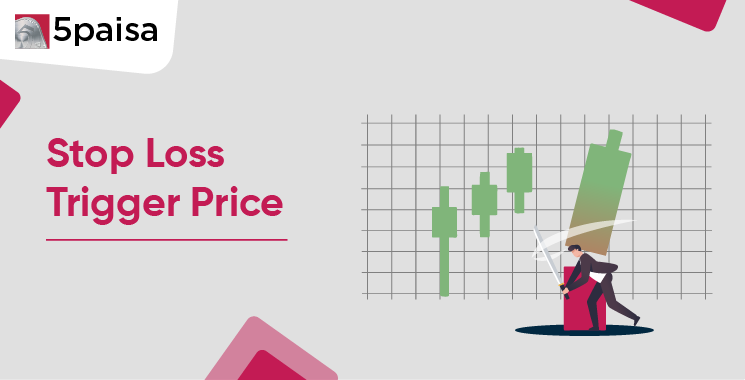Content
- Stop Loss Trigger Price and Why you Should Use it?
- Why Should you Use Stop Loss Trigger Price?
- Significance of Trigger Price
- Factors Affecting Trigger Price Selection
- Stop Loss Trigger Can Help you Book Profits
- Disadvantages of Stop Loss Trigger Price
- Wrapping Up
Stop Loss Trigger Price and Why you Should Use it?
The trigger price is the point at which your buy or sell order is made available to the exchange servers for processing. In other words, the order is submitted to the exchange computers as soon as the stock price reaches the trigger price that you have chosen.
The limit price determines the price at which your shares will be sold or acquired after the stop-loss order has been activated. There are two price components to the stop loss (SL) order.
1) The stop loss price, which is often referred to as the stop loss limit price.
2) The trigger price for a stop loss, also known as the trigger price.
More Articles to Explore
- Difference between NSDL and CDSL
- Lowest brokerage charges in India for online trading
- How to find your demat account number using PAN card
- What are bonus shares and how do they work?
- How to transfer shares from one demat account to another?
- What is BO ID?
- Open demat account without a PAN card - a complete guide
- What are DP charges?
- What is DP ID in a demat account
- How to transfer money from demat account to bank account
Disclaimer: Investment in securities market are subject to market risks, read all the related documents carefully before investing. For detailed disclaimer please Click here.
Frequently Asked Questions
Yes, technically, you can set both the trigger price and stop loss price to be the same. However, this eliminates the buffer zone needed for order activation and execution. If market volatility is high, there is a risk that the price will breach the level quickly, but the order may not get filled efficiently. Traders generally set the stop loss price marginally below (for long trades) or above (for short trades) the trigger price to improve execution probability.
No, the stop loss trigger price functionality is primarily applicable to stop loss market (SL-M) and stop loss limit (SL) orders. It is not relevant to standard limit or market orders that are executed immediately at the available bid or ask. Additionally, not all brokers offer advanced order types across all instruments, especially in less liquid segments. Always check the broker’s platform capabilities and the exchange rules for the specific security.
Yes, a stop loss order can fail to execute due to several reasons:
- Gap-down or gap-up openings: The price may skip the trigger level entirely.
- Low liquidity: There might not be sufficient buyers or sellers to match your order once triggered.
- Incorrect order type: For instance, using a stop loss limit order with a tight limit may cause non-execution if the price moves rapidly beyond your limit.
- Technical issues: Platform lag or connectivity errors can result in the order not being transmitted after the trigger is hit.
Selecting the right trigger price involves:
- Calculating ATR: To understand the typical price movement range.
- Identifying recent swing highs/lows: To set logical support/resistance buffers.
- Analysing market trend: Avoid setting triggers that go against the broader trend.
- Setting logical risk-reward ratio: Your stop loss (triggered by the trigger price) should reflect the maximum risk you're willing to take for a realistic profit.
- Backtesting: Use historical data to evaluate how your chosen trigger prices would have behaved in past market scenarios.




